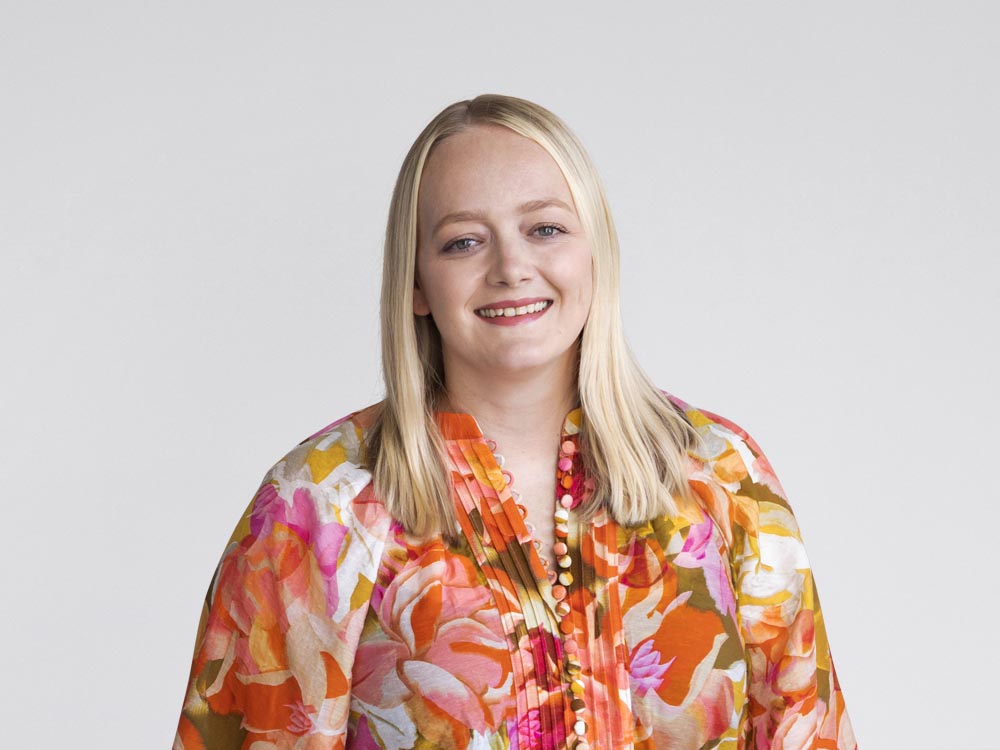Our colleagues at MinterEllison Australia, Con Boulougouris (Partner and Co-Head Transaction Solutions (M&A)) and Kimberly Low (Head of Private Equity) share their perspectives on what they see happening in the private equity and M&A market in Australia.
Last year in brief
In line with the pattern in the US and Europe, we experienced a significant drop in PE deal activity in Australia last year compared with the exceptional highs of 2021. In H2 2022 in particular, several processes particularly for larger cap deals were frustratingly stop-start, with many ultimately falling over on valuation gaps or being deferred to the New Year. Somewhat unsurprisingly, institutional buyers have exercised caution in rushing to close large leveraged buyouts and take privates ahead of year-end and been more inclined to wait until there is greater confidence that the global outlook will improve.
That said, the unfavourable global market conditions have had less of an impact on PE mid-market dealmaking in Australia (i.e. targeting businesses with EVs of between roughly $50–500 million), given those deals more often than not come out of proprietary processes where GPs are in a better position to invest opportunistically once they identify attractive pricing and/ or industries. This has been happening despite increased inflation and interest rates taking their toll on M&A financing costs, as we are still seeing a lot of credit at both fund level and deal level, with alternative lenders – versus the traditional big banks – offering ample lending capacity for the right transactions.
Forecast for 2023
Despite the general drop in M&A activity versus 2021 (albeit, unlike in most of the rest of the world, overall 2022 M&A volumes in Australia remained above historical averages), fundraising last year has been going full steam ahead, and with $10 billion of dry powder in private equity and venture capital waiting to be deployed, it is widely expected that PE will lead the charge in dealmaking in 2023. With estimates for recession probability this year in Australia far lower than in the US and Europe, the more optimistic of the Australian PE houses anticipate markets recovering in Q1 2023; the more cautiously optimistic forecast an uptick between Q2 and Q3. In Australia and overseas, market players are becoming more immune to the norm of global tensions, and the impact of the Covid pandemic is, happily, continuing to wane. That said, while listed and unlisted markets are still in recovery mode, we have found most PE houses are more confident they will see through mid-market deals than large cap or megadeals in 2023.
GPs, particularly those whose existing portfolio companies are struggling with supply-chain challenges in Australia, are expected to pursue more bolt-on opportunities to help stabilise their operations. Many also predict significant increases in turnaround / distressed investments, refinancings and restructurings. Finally, we anticipate an increased focus on co-investment / joint venture opportunities to help manage market risk.
In the international space, certain large PE players in Southeast Asia are viewing Australia as a key investment jurisdiction for 2023. The large internationals are likely to continue to enter, re-launch or intensify their strategic investment activities in the Australian market: GIC Singapore, EQT (having recently closed their merger with Baring Private Equity Asia) and CVC Capital Partners are a few of the most recent to do so.
From an industries perspective, while the vast majority of PE firms in the mid-market are sector agnostic, the international firms and bulge bracket domestics will likely continue to focus on the more defensive sectors for M&A – particularly healthcare and childcare. PE houses across the Australian market are also increasingly eyeing up tech businesses, as valuations start to look more realistic than they did a year ago and given the growing impact of global digital transformation.
Other trends Australia is seeing that will continue into 2023
The rise of continuation funds PE houses will become increasingly familiar and comfortable with these types of transactions. Tried and tested in the Australian market last year by leading firms such as Pacific Equity Partners and Quadrant and following the longterm trend in both Europe and the US, fund-to-fund transactions afford fund managers, their investors and their investment portfolios more flexibility and optionality around liquidity, hold periods and business modelling.
ESG investment criteria
Again, following rapidly growing global trends particularly in the EMEA region, investor demand for implementing ESG policies across entire investment portfolios is increasingly becoming more important than regulatory demands or investment risk, not least as the climate crisis becomes more critical. While not yet as tightly regulated in Australia as in EMEA, ESG will continue to be a key investment criterion scrutinised early on in any deal process and will continue to be central to value creation post-acquisition.
Cybersecurity
Cybersecurity has attracted increased focus both with respect to potential investments and M&A deal processes themselves. While this reflects global trends in response to ever more sophisticated cybersecurity threats, in Australia specifically there have been fresh waves of concern in this area following the widespread Optus and Medibank data breaches which occurred within months of each other in H2 last year.
M&A risk
As expected, we have seen bidders pressing hard to mitigate M&A risk. Last year this has led to, for example, bidders being more prepared to incur higher upfront costs to conduct more comprehensive due diligence, increased reliance on buy-side warranty and indemnity insurance, and greater use of contingencies (for example, deferral/holdback of part of the purchase price to cover potential warranty/indemnity claims).
FIRB approval
- In January 2021, major national security reforms to Australia’s Foreign Direct Investment regime came into effect. Since then, the Foreign Investment Review Board (FIRB) has demonstrated an increased focus on areas of national security. In particular, the scope of the concept of a national security business has been significantly broadened, and FIRB has expanded what it considers to be sectors where investment may raise national security risks. This means there is an increasing risk of FIRB applications with respect to M&A transactions being rejected on national security grounds.
- Deep-dive investigations into the character of foreign investors will continue to be challenging to navigate for foreign PE houses, many of which must, institutionally, limit disclosure of the identity or nature of their investors. Some PE funds can get comfortable with providing information about their investors directly to FIRB on a confidential basis. However, where foreign investors cannot confirm the country of origin of upstream interest holders or their status as private or government investors, this can create uncertainty around what FIRB approvals are required. This can, in turn, give rise to costs and delays in progressing applications, as FIRB typically requires investors to provide detailed information about upstream ownership.
- Conditions to FIRB approval imposed in relation to the storage and management of sensitive data are becoming increasingly prevalent. These can include restrictions on access to specified data, reporting requirements for data breaches, and restrictions on the location of data storage (for example, that data remains stored in Australia).
Buy-side M&A pricing mechanisms
While still less common in Australia than in the UK and the rest of Europe, there has been a gradual move towards the ‘locked box’ pricing mechanism (i.e. the purchase price of the target business is fixed precompletion by reference to its most recent accounts, subject to protections around value leakage after that reference date) in favour of the traditional US-style completion accounts adjustments (i.e. an estimated purchase price is trued up by reference to a set of accounts prepared post-completion) on buy-side PE transactions. This development is largely as a result of PE houses pushing for purchase price certainty and simplicity over precision and is already the more common mechanism for sponsors on exit.







